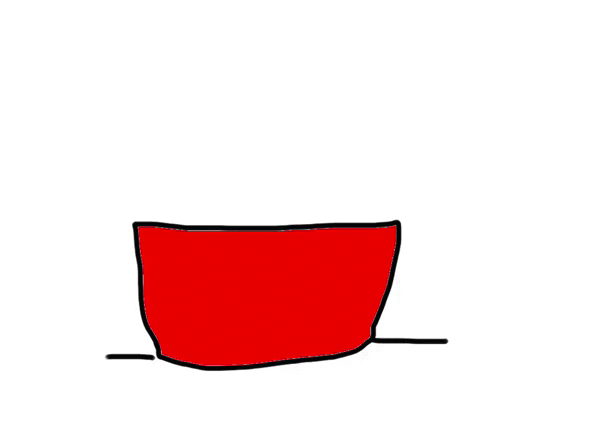
DAVID WILLIAMS--STORYTELLER
Storyteller, Script Writer, Fiction Writer, Non-Fiction Science Writer, AI writer ( Prompt Engineer), UX writer, Songwriter, Animator, Cartoonist, Copywriter,

UX WRITING & MINIMALISM---Minimalist approaches to Language and Visual Arts are nothing new. To distill an emotional moment or an insight of clarity is an ancient human endeavor. The oldest literature is song, the first mythic tool for primal cultures around the world who use song for every possible occasion: to bring a baby into the world, to bury the dead, to plant crops, to go to war, even to put the parents to sleep when your lover sneaks into the communal tent.
Oral, songs were memorized, therefore succinct. With the rise of the written word, some songs became poetry, and the most minimal are haiku, strict in form, and based in Buddhist theory. This art strives to capture fleeting moments of the "floating world" through concrete imagery that rings with connotation and sees the infinite in the finite.
It's not an accident that haiku can also be hilarious, giving us insights into the human condition--its tragi-comedy. Akin to cartoons (themselves relatives of sumi drawings--elemental, devoid of self-consciousness, unlabored, uncontrived) they create a spark when disparate elements clash together--like a joke--which happens at the moment the brain puts together information in a new way. Eureka moment!
Oriental art has also influenced everything from the Impressionists to the Expressionists. Van Gogh's work, for example, is rich with Japanese and Chinese elements. Movements in architecture, from The Arts and Crafts movement to Swedish furniture, owe a great debt to the minimalism of Eastern Art as well. (https://www.vangoghmuseum.nl/en/stories/inspiration-from-japan)
In fiction, the move toward writing that is clear and concise, employing the vernacular, humble and unpretentious, began in the US with writers like Mark Twain, Zora Neal Hurston, then Hemingway, all the way through Raymond Carver and beyond, to many contemporary writers, such as Sandra Cisnernos, who approach the elemental, at times-- --through the voice of a child.
As our world has moved from the paper page to the screen, it has been documented by researchers that the eye moves ever faster, skipping and hopping over text and images in ways different from the world of print. UX Writing is the rebirth of minimalism in the digital age, but at root it contains many elements of the ancient past.

Kobayashi Issa, one of the great Haiku masters of Japanese Literature (1763-1828)
Even with insects—
some can sing,
some can’t.
Goes out,
comes back—
the love life of a cat.
Under the evening moon
the snail
is stripped to the waist.
The great sea
has sent me adrift
it moves me as a weed in a great river
earth and the great river move me
have carried me away
have moved my inward parts with joy
Eskimo song
